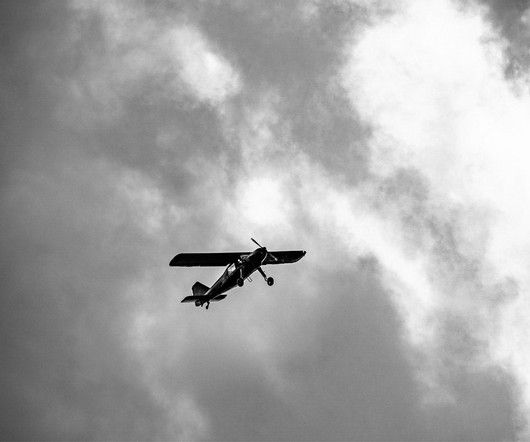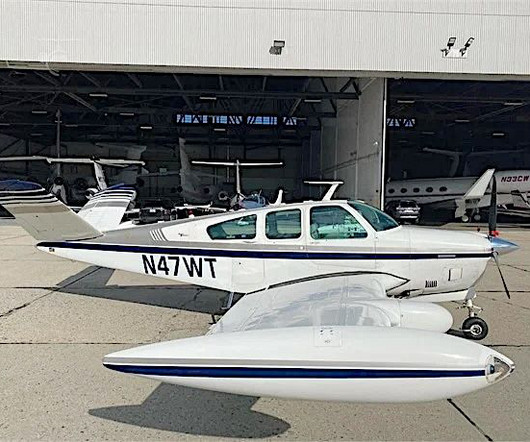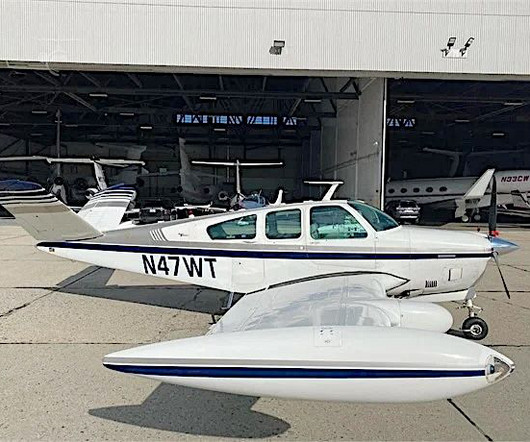Flight Instruments vs. Avionics
WayMan
JUNE 16, 2025
Attitude Indicator (Artificial Horizon): Shows the orientation (pitch and bank) of the aircraft relative to the horizon of the Earth, essential for instrument meteorological conditions flight. These traditional aircraft instruments, which are usually mechanical or electro-mechanical, present discrete, direct information.















Let's personalize your content